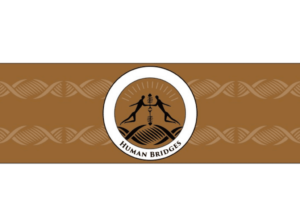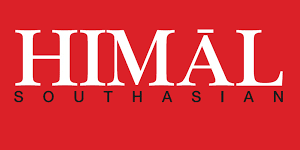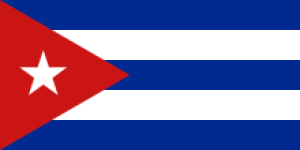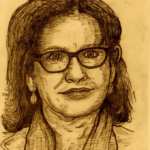We Can Interpret How Cooperative Or Autocratic Mesoamerican Societies Were From Their Systems of Communication
No Comments yet 02-19-2024 ~ The modes of communication that a society uses can tell us a lot about its political structure. A research study we published in 2022 revealed distinct modes of communication and administrative recordkeeping in autocratic and collective social governance among a sample of urban societies from pre-Hispanic Mesoamerica, where writing was initially developed for political purposes. Each society had its unique communication system, but the patterns were clear enough to identify where a particular society belonged on the authoritarian-collective continuum.
02-19-2024 ~ The modes of communication that a society uses can tell us a lot about its political structure. A research study we published in 2022 revealed distinct modes of communication and administrative recordkeeping in autocratic and collective social governance among a sample of urban societies from pre-Hispanic Mesoamerica, where writing was initially developed for political purposes. Each society had its unique communication system, but the patterns were clear enough to identify where a particular society belonged on the authoritarian-collective continuum.
We found that writing methods and computational communications technologies were more elaborate in societies with an autocratic model of governance, whether it was administrative recordkeeping or related to the calendar. In these autocratically organized societies, access to written information tended to be more restricted, focused on communications mostly privy to high-status individuals. On the contrary, in the more collective and cooperative societies, written texts were located in publicly accessible areas, and conveyed general information through symbols that were more broadly part of common knowledge and core shared values.
Teotihuacán in Central Mexico and Maya states, two better-known urban societies in pre-Hispanic Mesoamerica, serve as useful comparisons. Teotihuacán had a more collective organization, while the roughly contemporaneous Classic Maya civilization had many hallmarks of autocratic rulership, such as the institution of divine kingship. Teotihuacán glyphs, which were limited in number, had texts that were short and rare, and they generally were placed in public places and concerned shared themes, such as cosmology and fertility. In contrast, the Maya texts were frequently situated in restricted places, largely accessed by people of high status, and often concerned topics like the legitimation of authority and rulers.
These patterns are exemplified by the two calendric systems. The Classic Maya used a Long Count, which was a highly accurate and detailed system for counting temporal cycles both backward and forward, with the primary objective of situating kings, queens, and other powerful individuals within long cycles of time. The Long Count, which tracks time in a series of cycles was a privileged technology of timekeeping and required training and knowledge to understand, and therefore was largely the domain of people with high status.
On the other hand, the calendric cycle used at Teotihuacán was easily transferred and collectively recorded by a wide range of social sectors and served mostly to track annual cycles, most likely to situate seasonal rituals and mythic narratives. It was an “open access” system that was more accessible to a broader segment of society. When the Classic period Maya lords lost their power and dispersed, many of their more overtly political writing and calendric practices largely were lost or simplified and writing of the subsequent Postclassic period shifted to emphasize ritual cycles and group actions over individualized ones. The shorter-term cycles of the Calendar Round were employed before and during Teotihuacán’s history and had widespread application across the Mesoamerican world after the fall of that Central Mexico metropolis.
By Gary M. Feinman and David M. Carballo
Author Bios:
Gary M. Feinman is an archaeologist and the MacArthur curator of anthropology at the Field Museum of Natural History in Chicago.
David M. Carballo is a professor of archaeology, anthropology, and Latin American studies at Boston University.
Source: Human Bridges
Credit Line: This article was produced by Human Bridges.
You May Also Like
Comments
Leave a Reply







